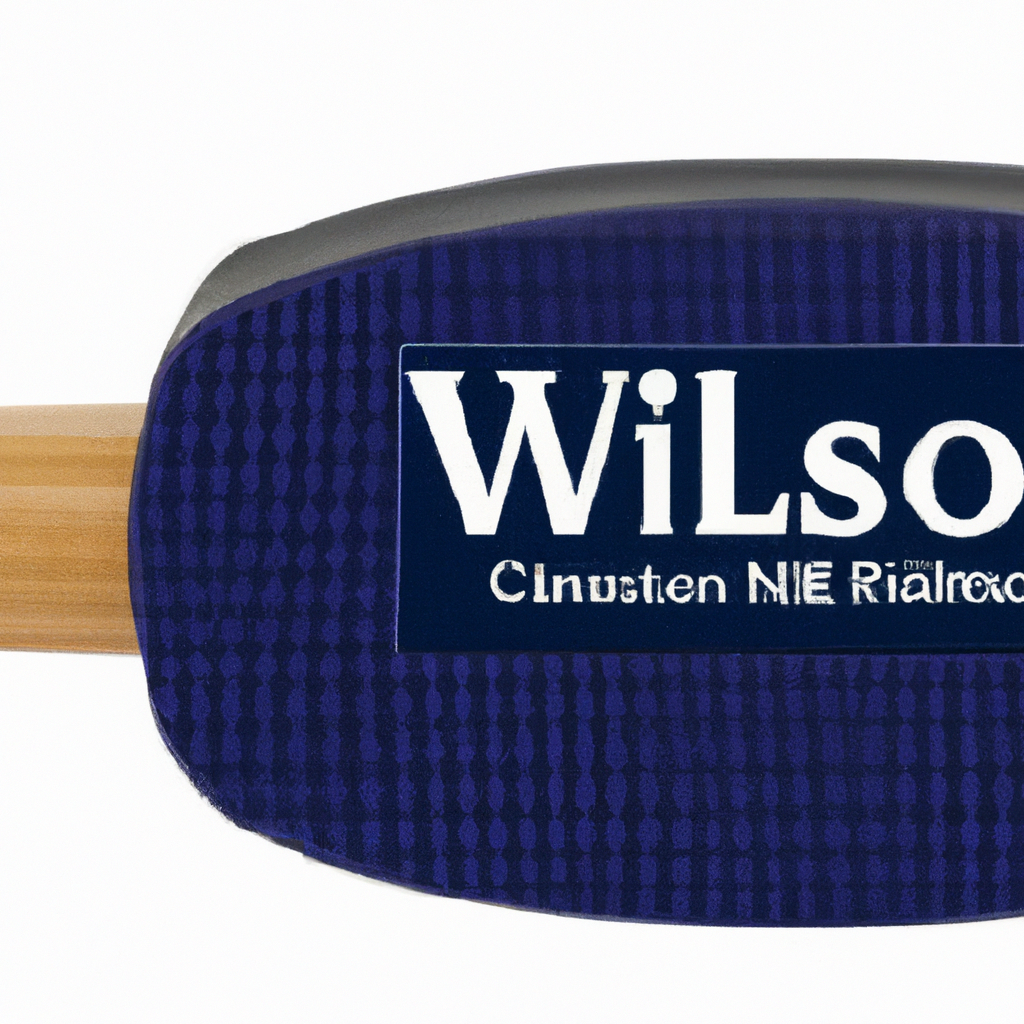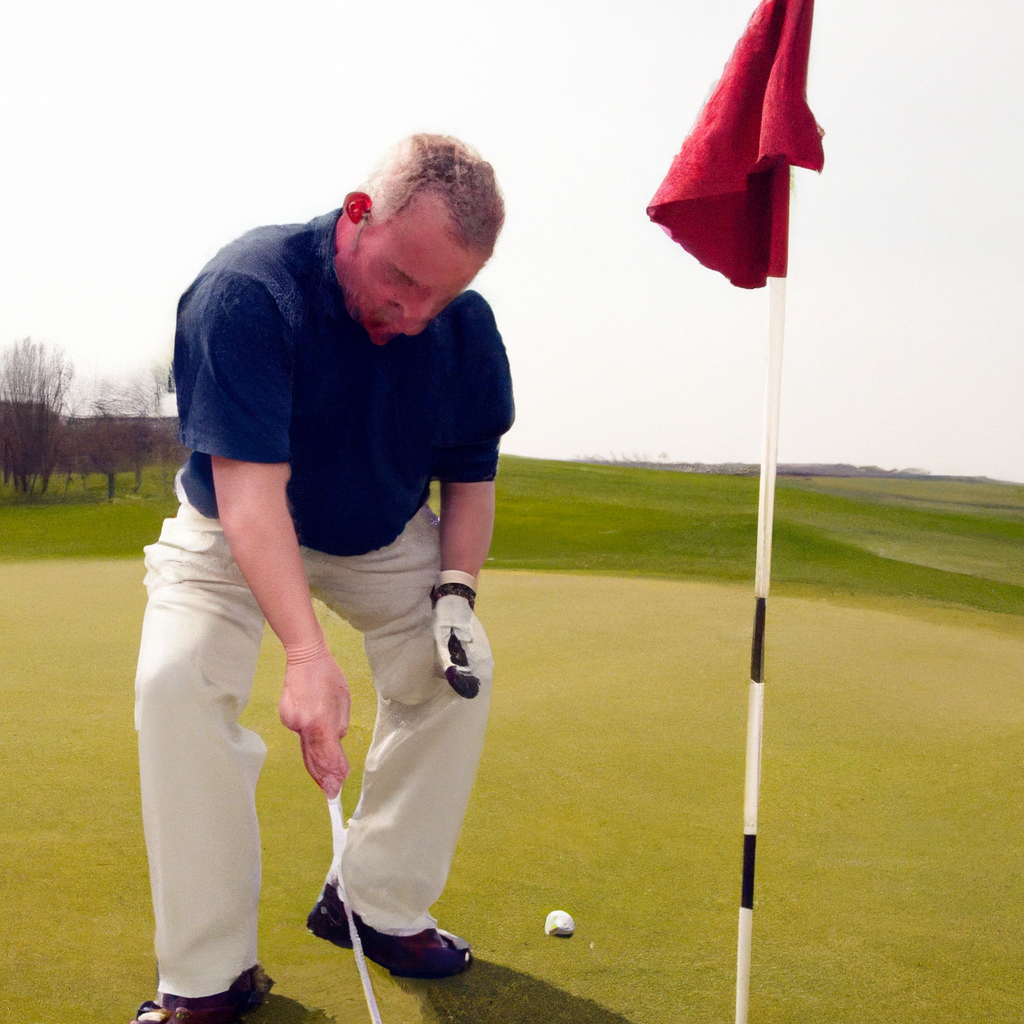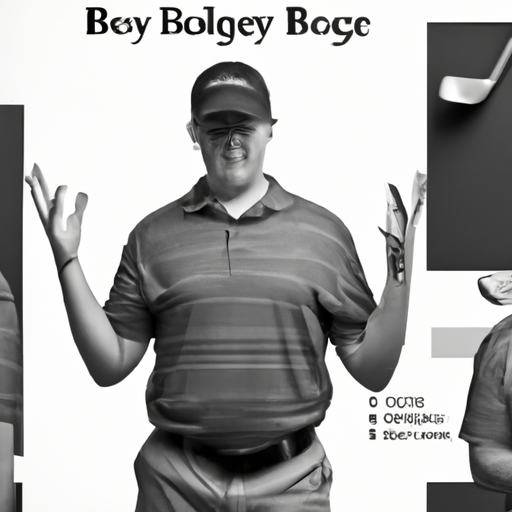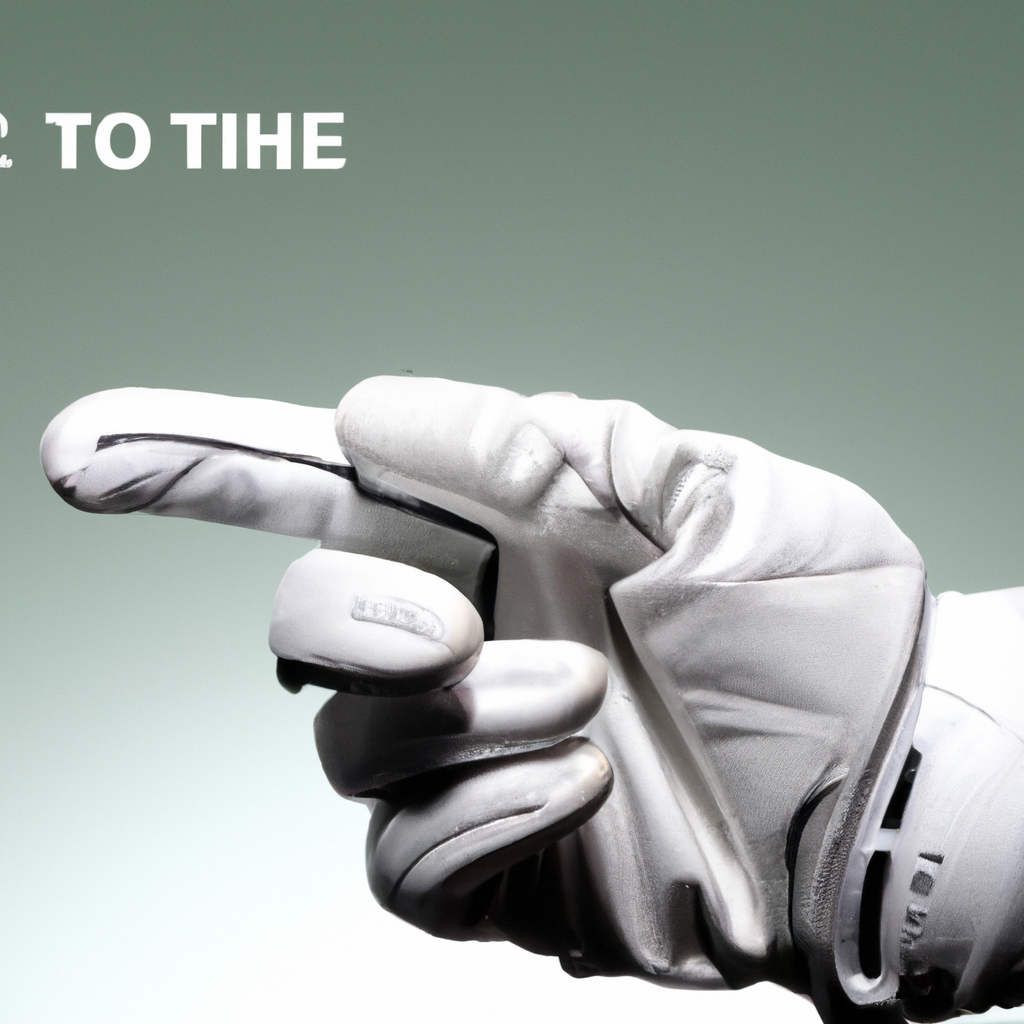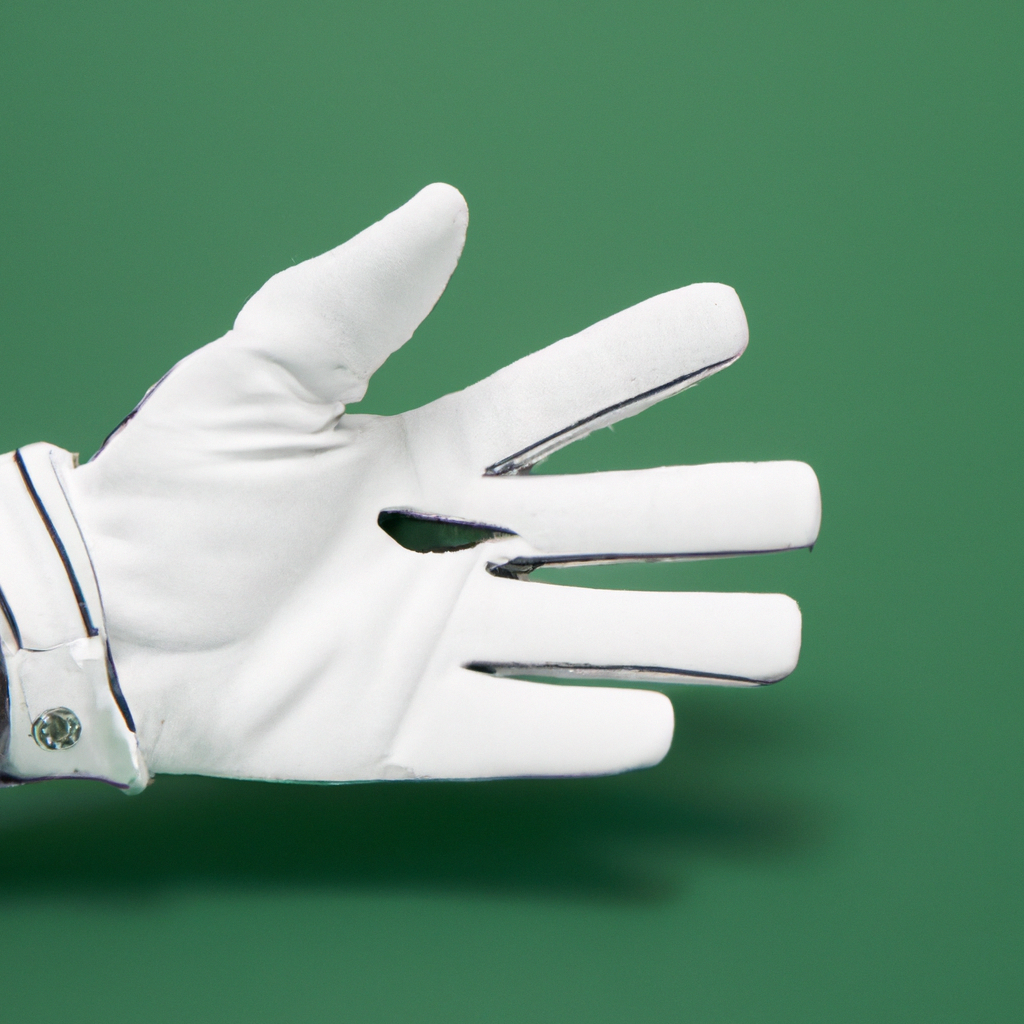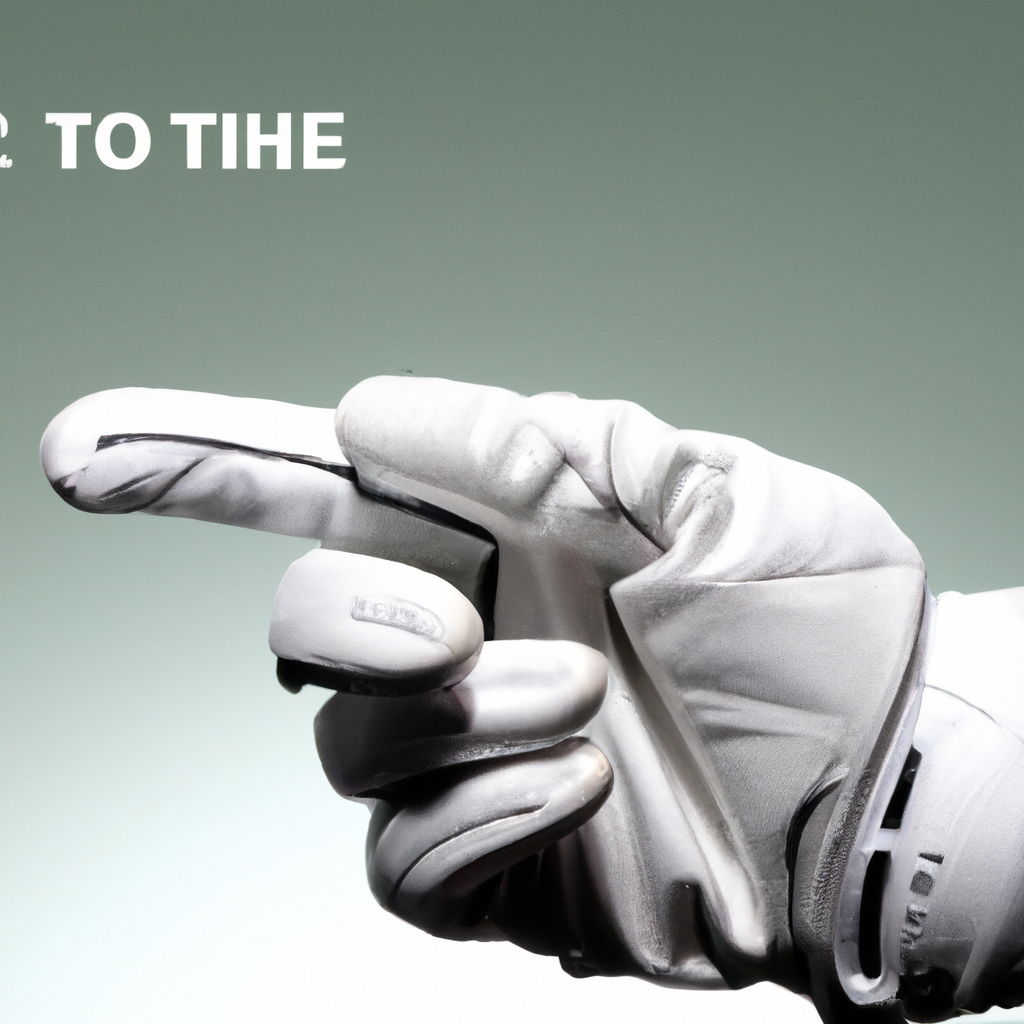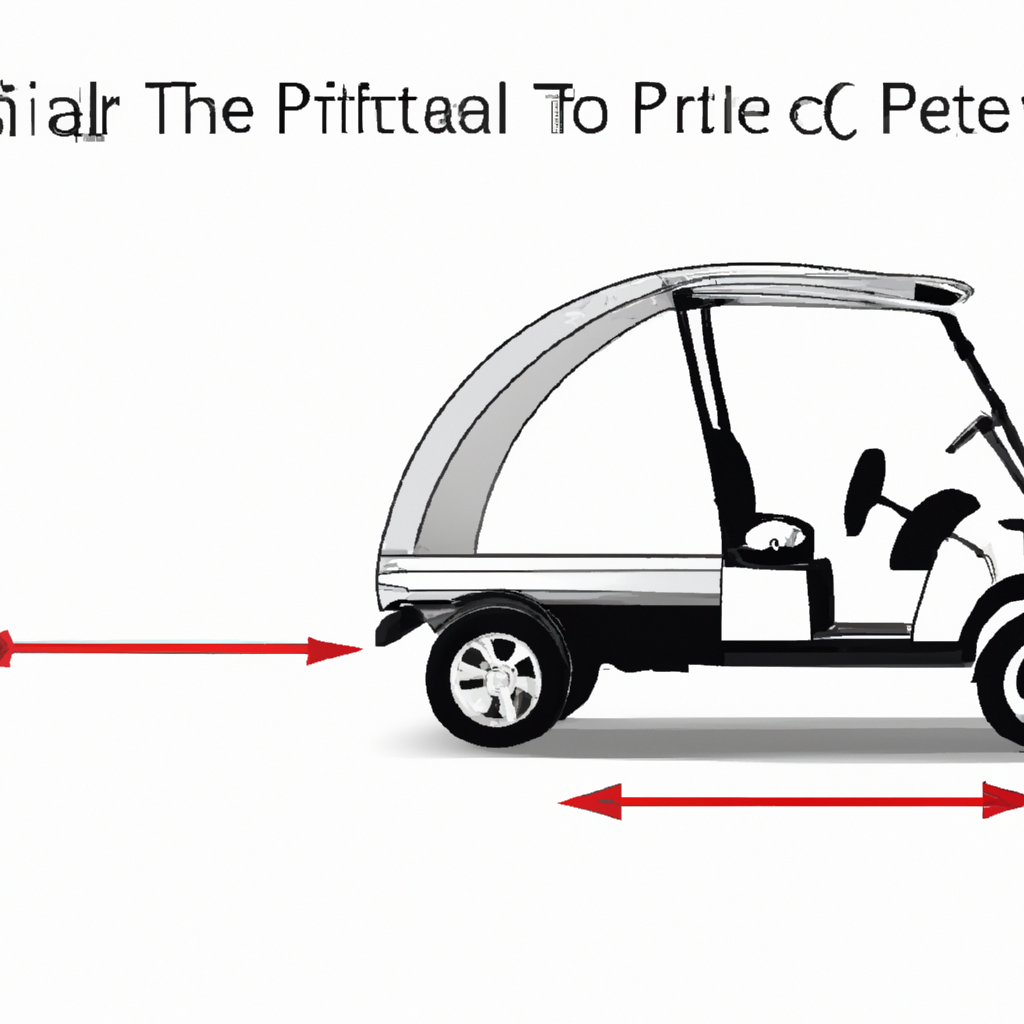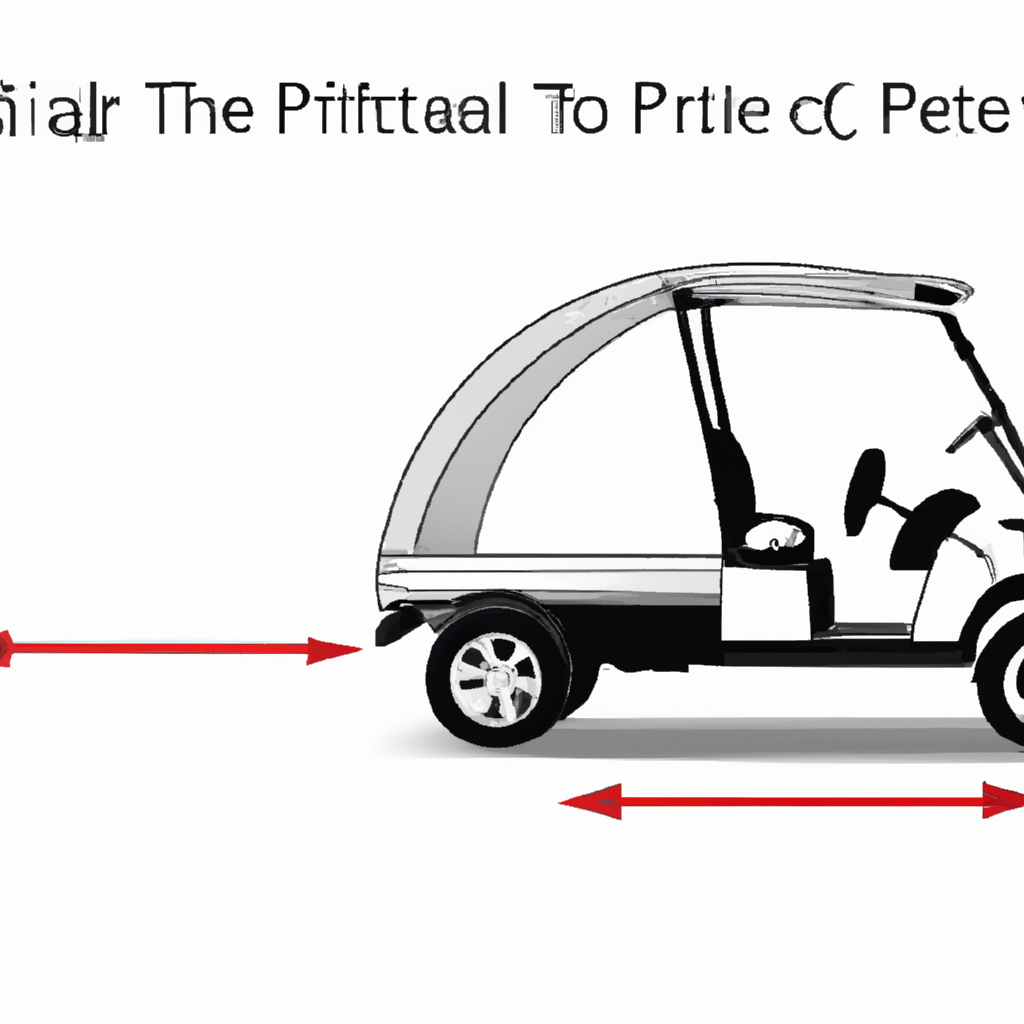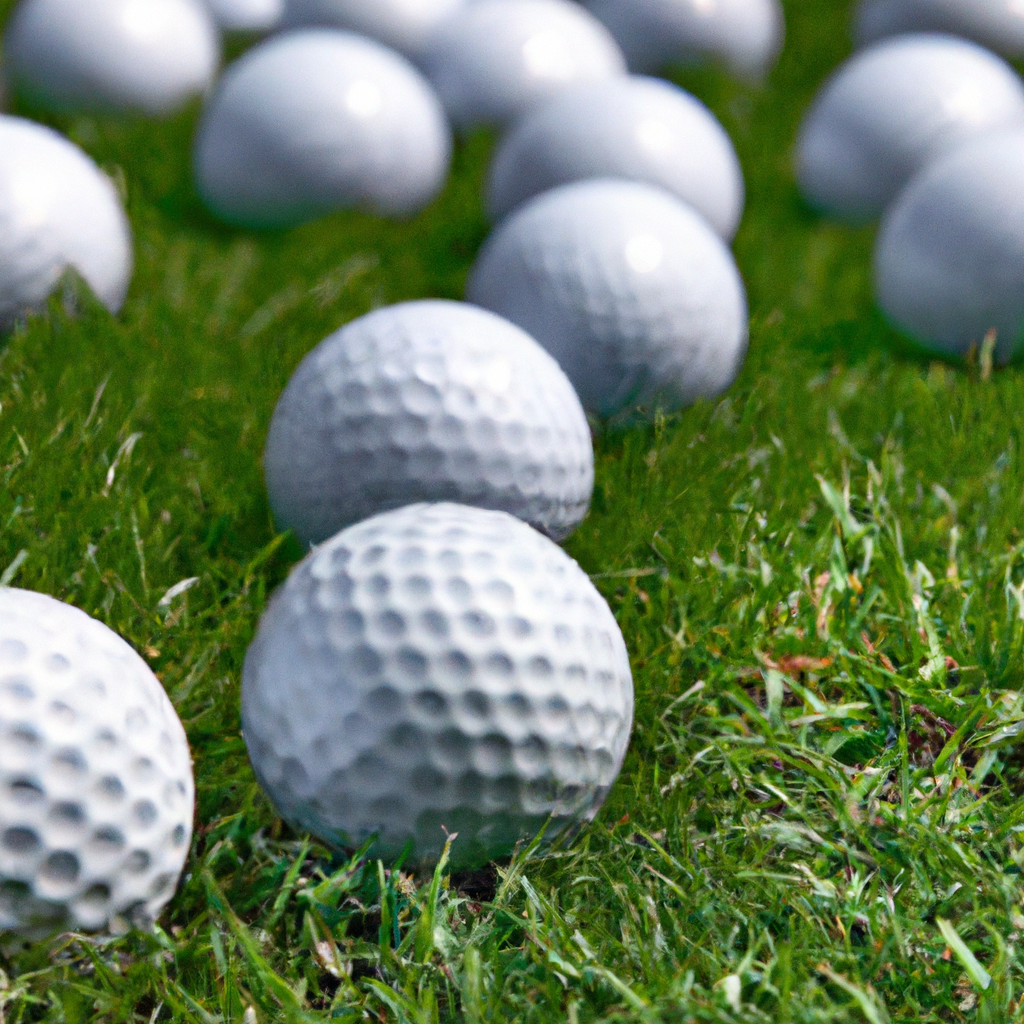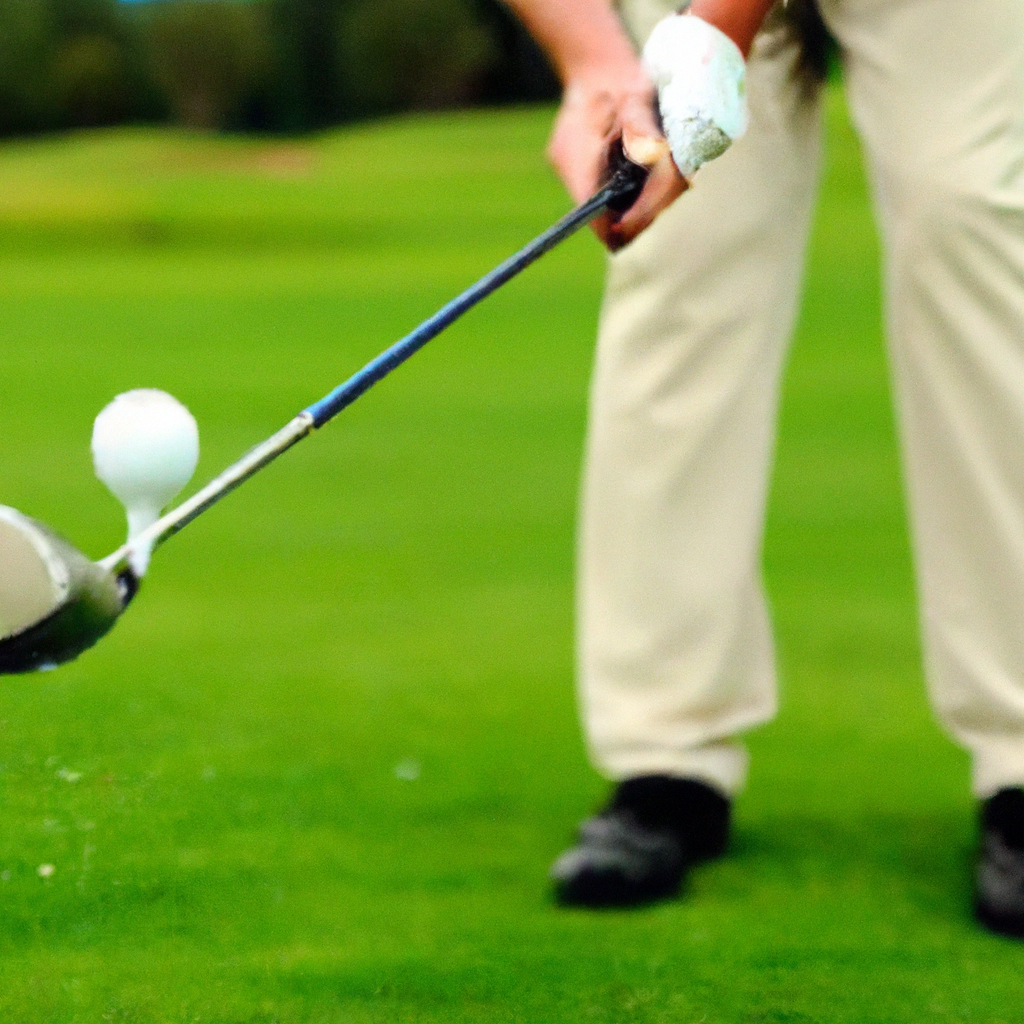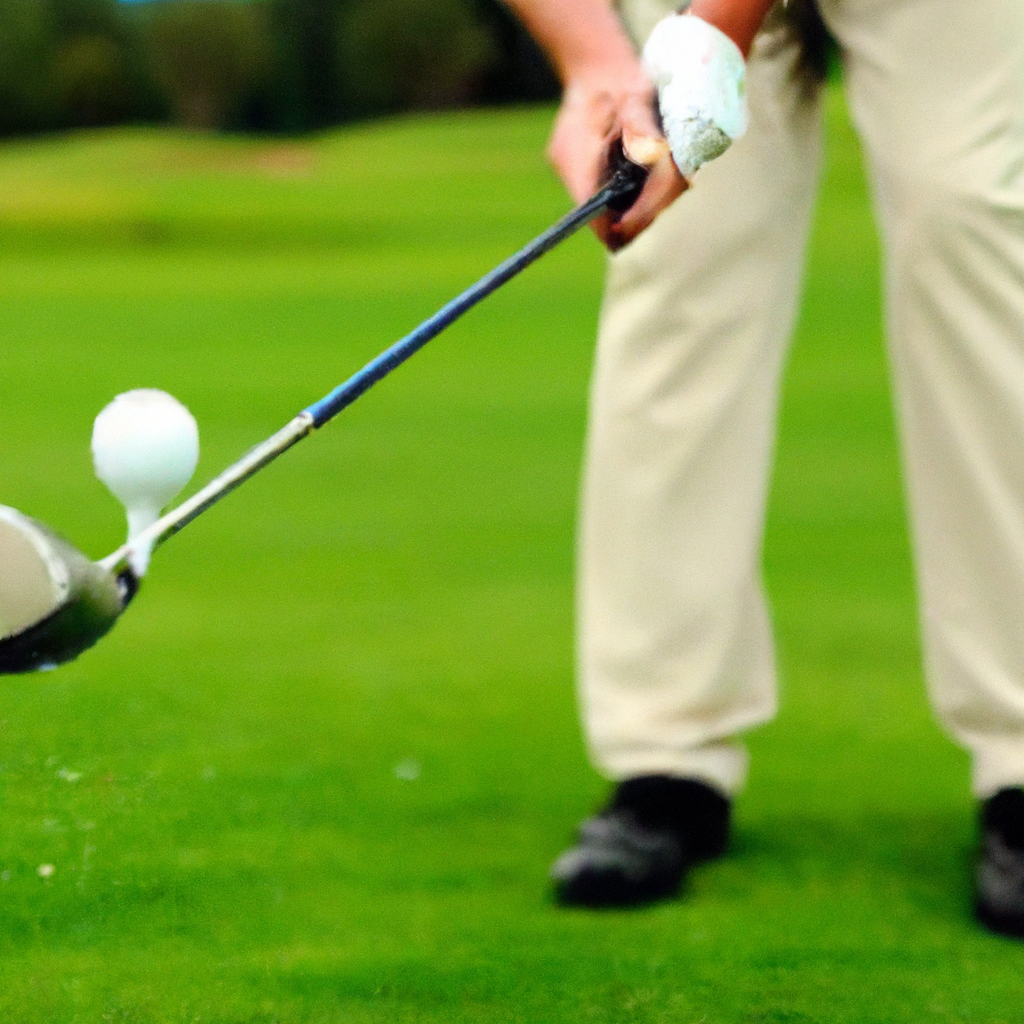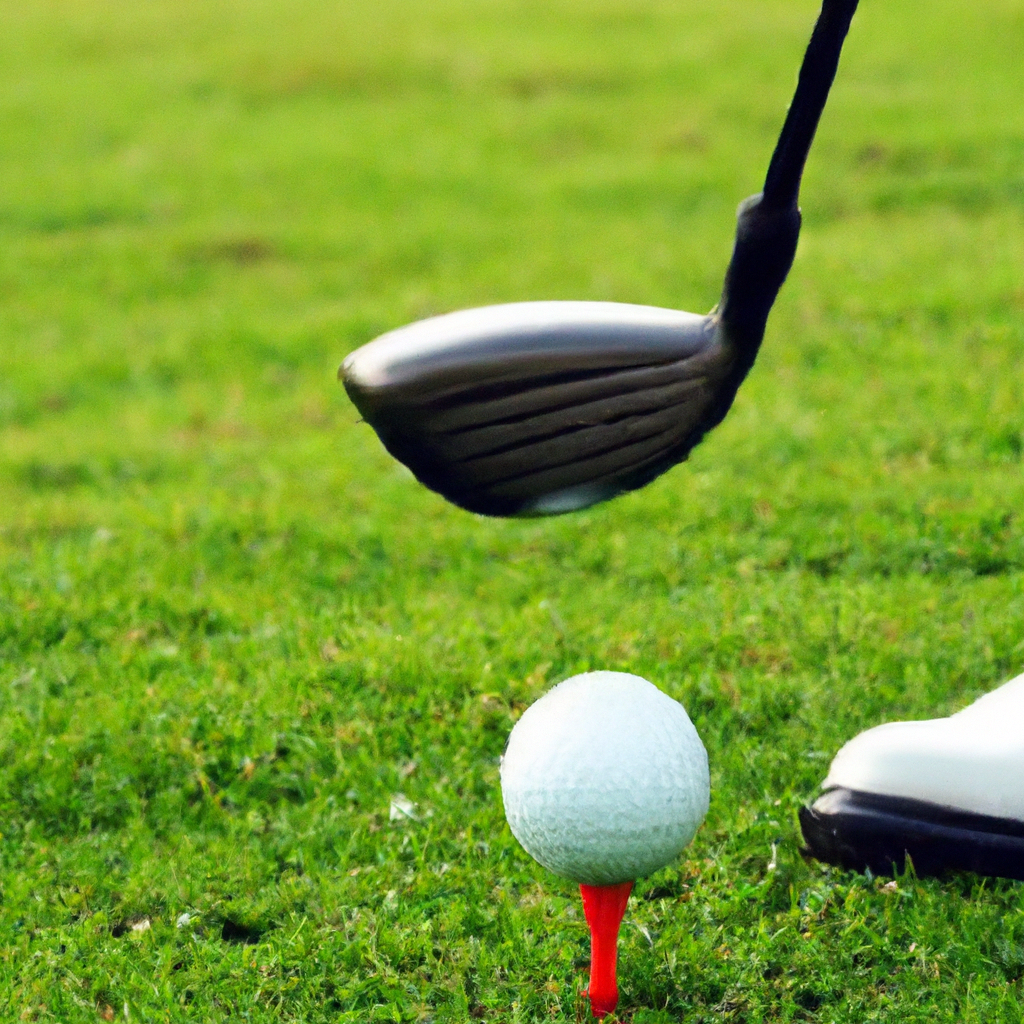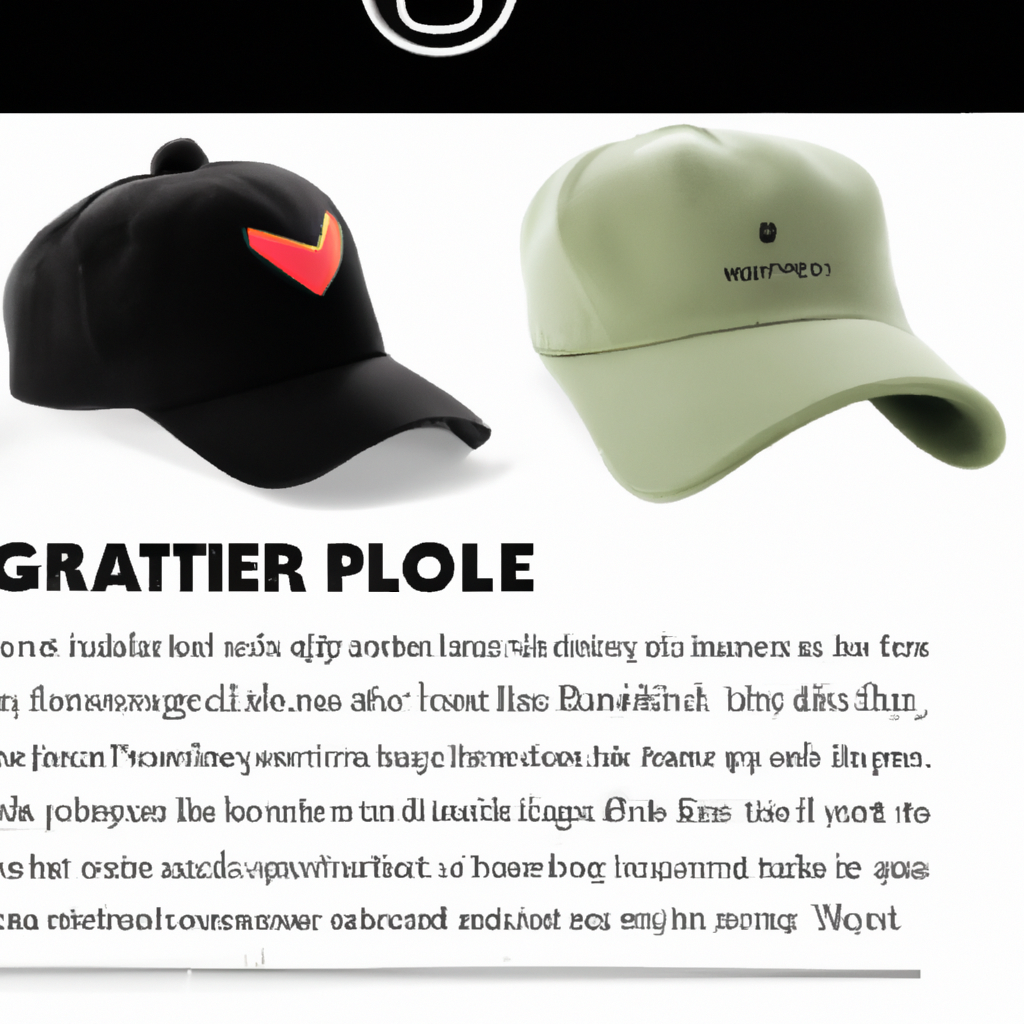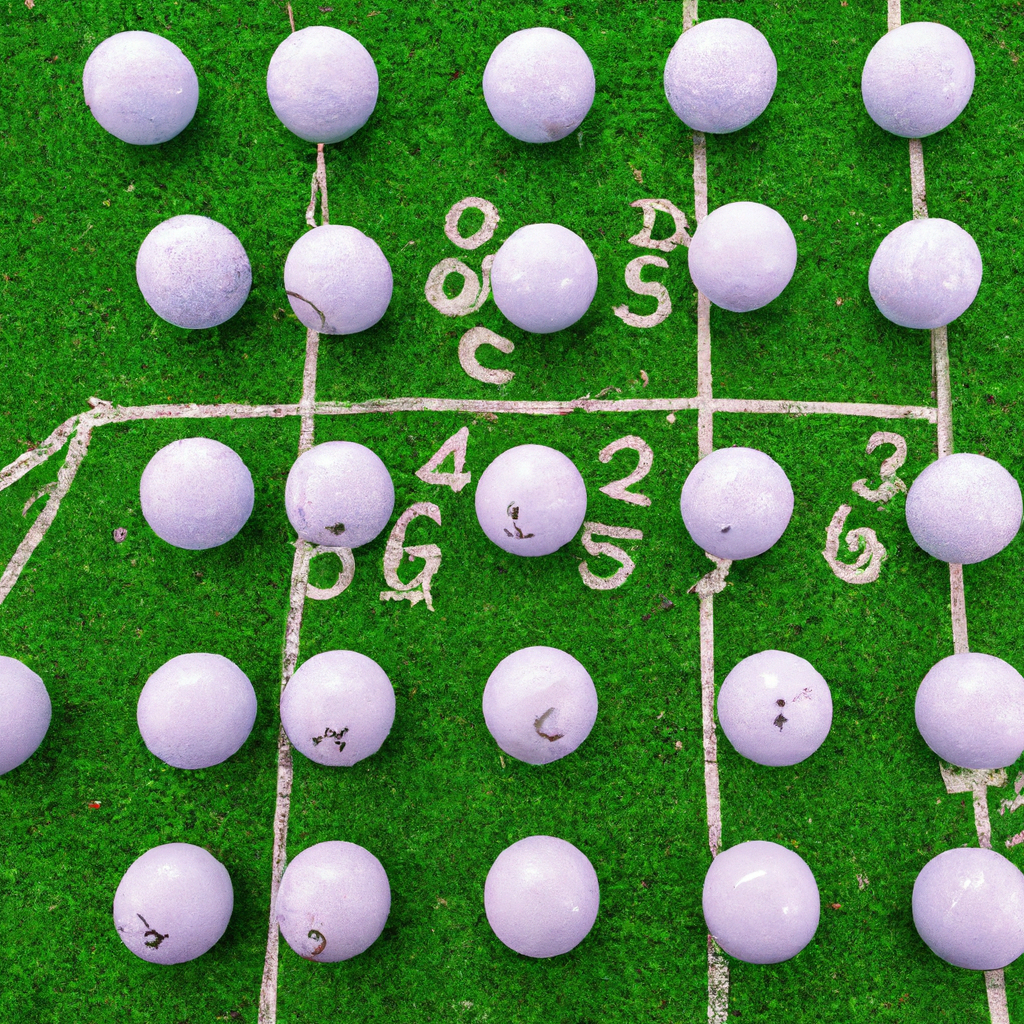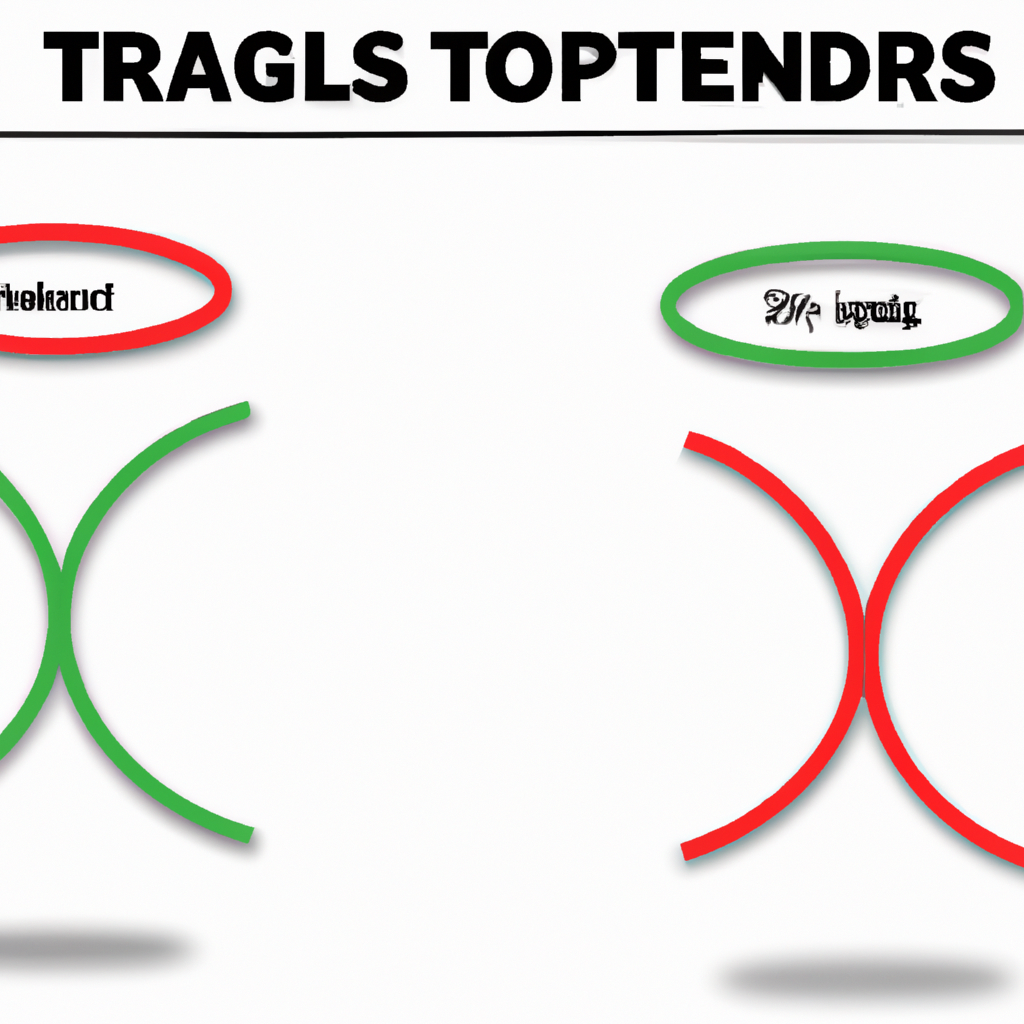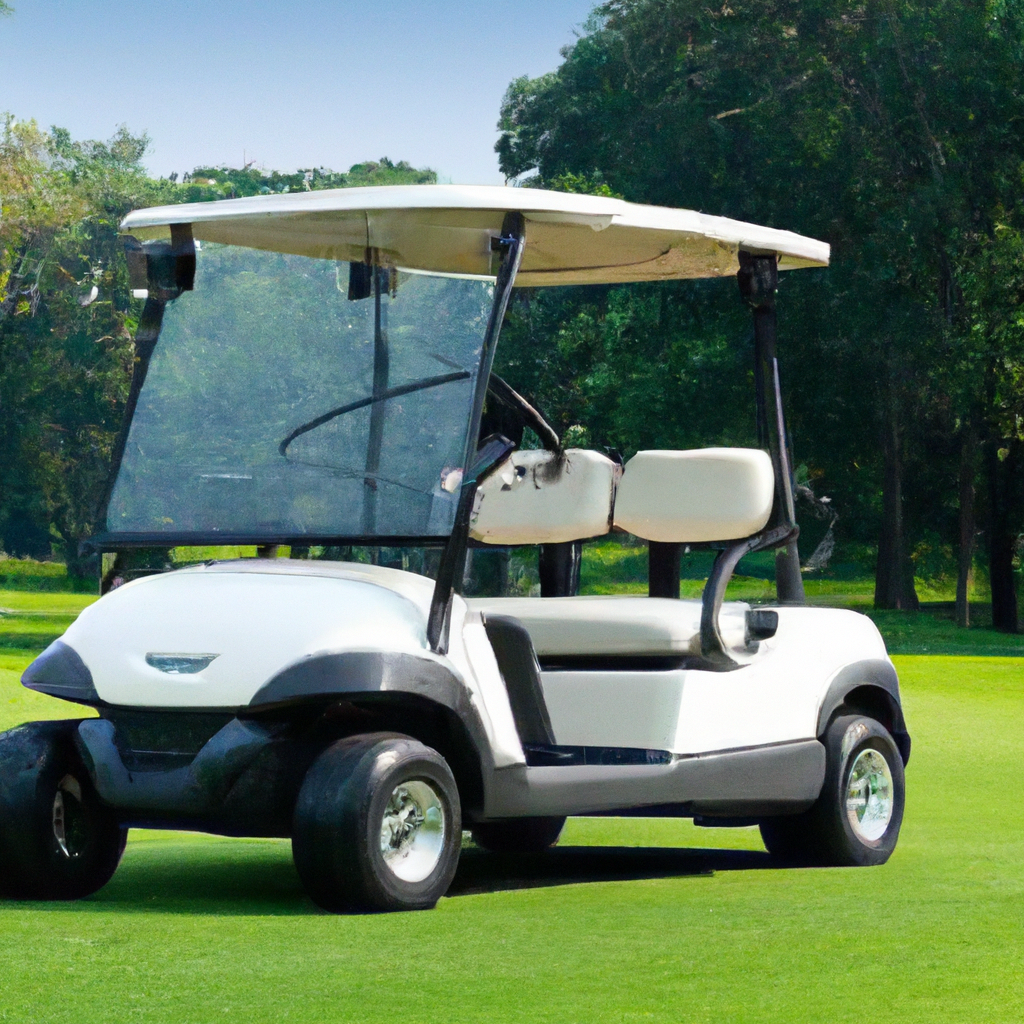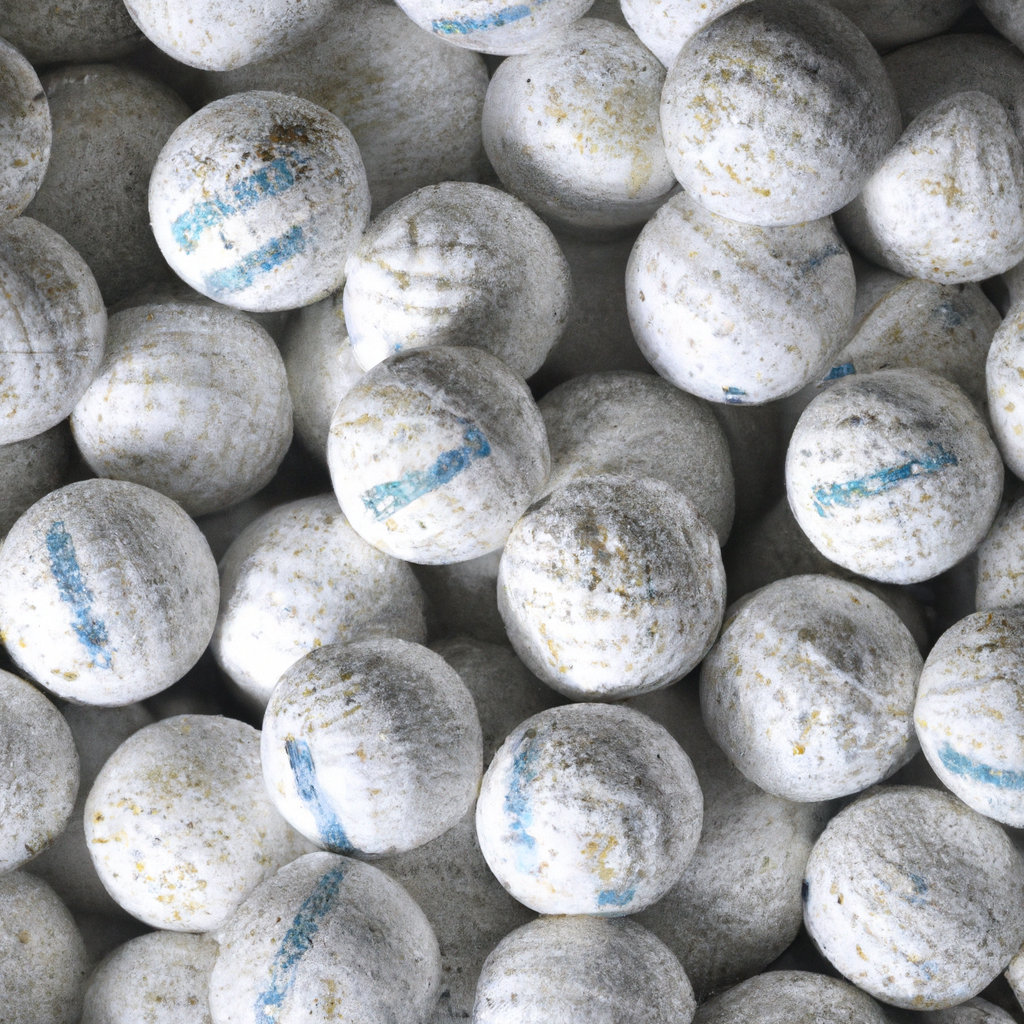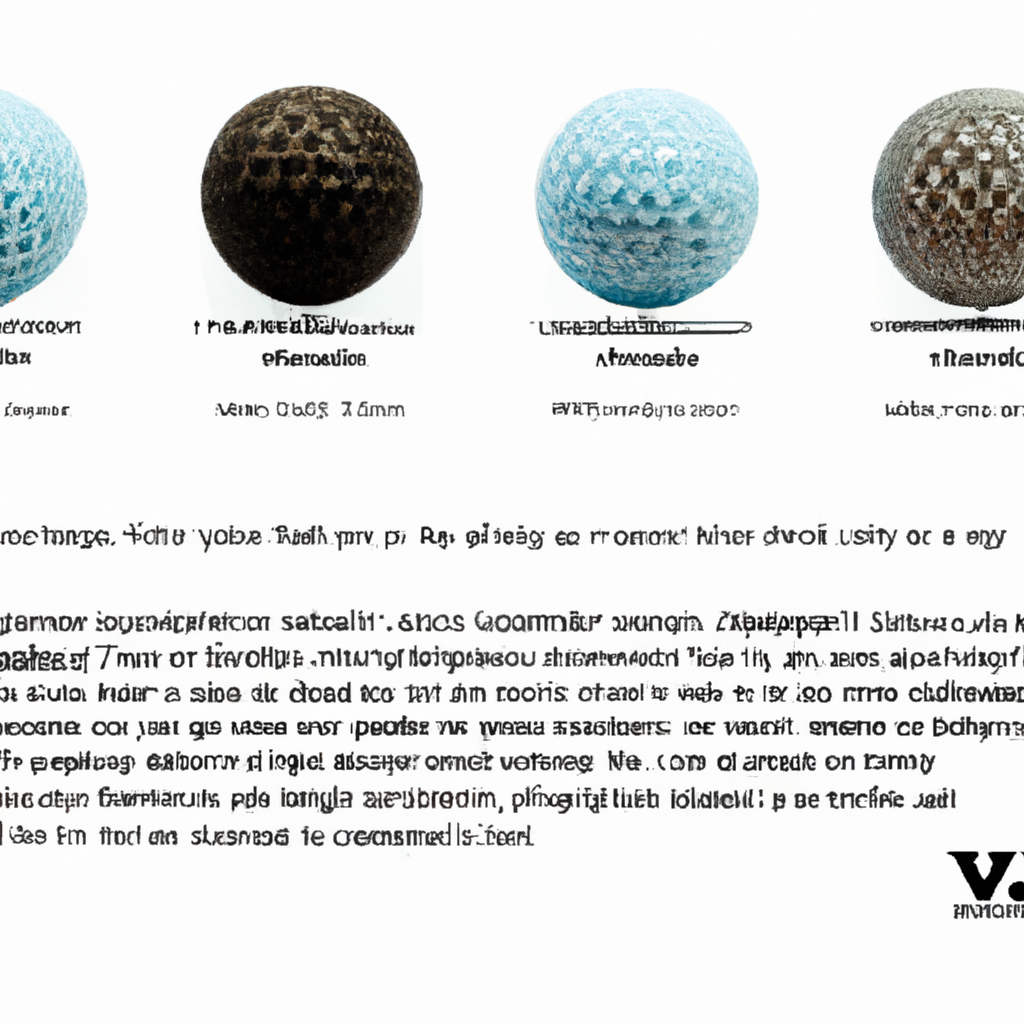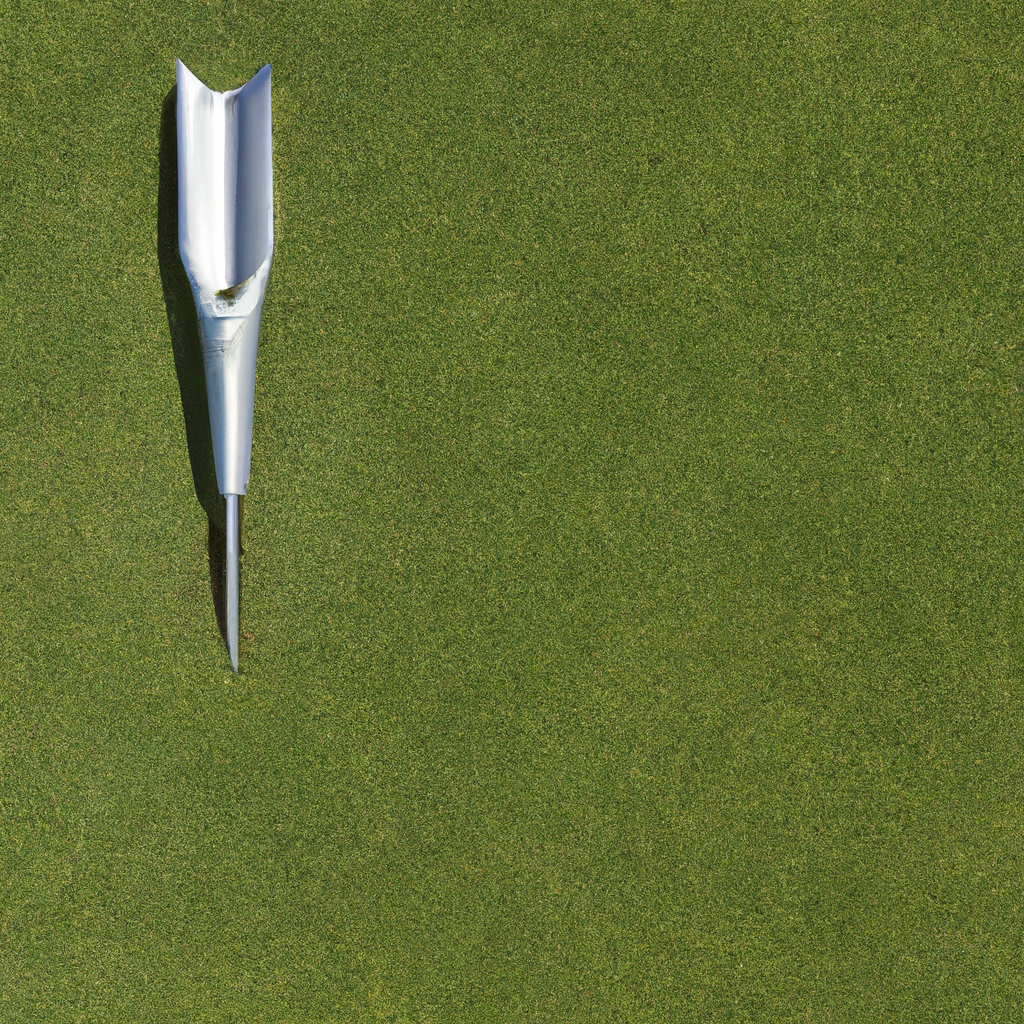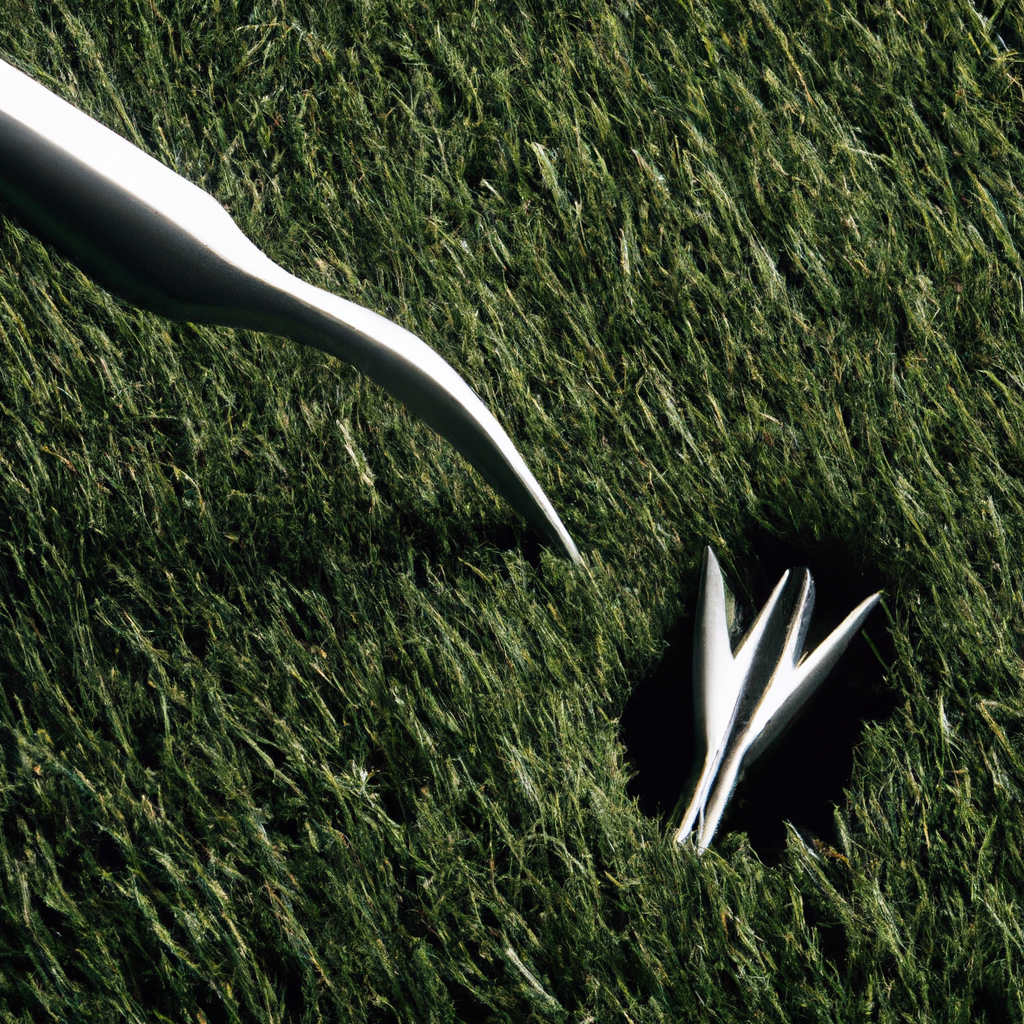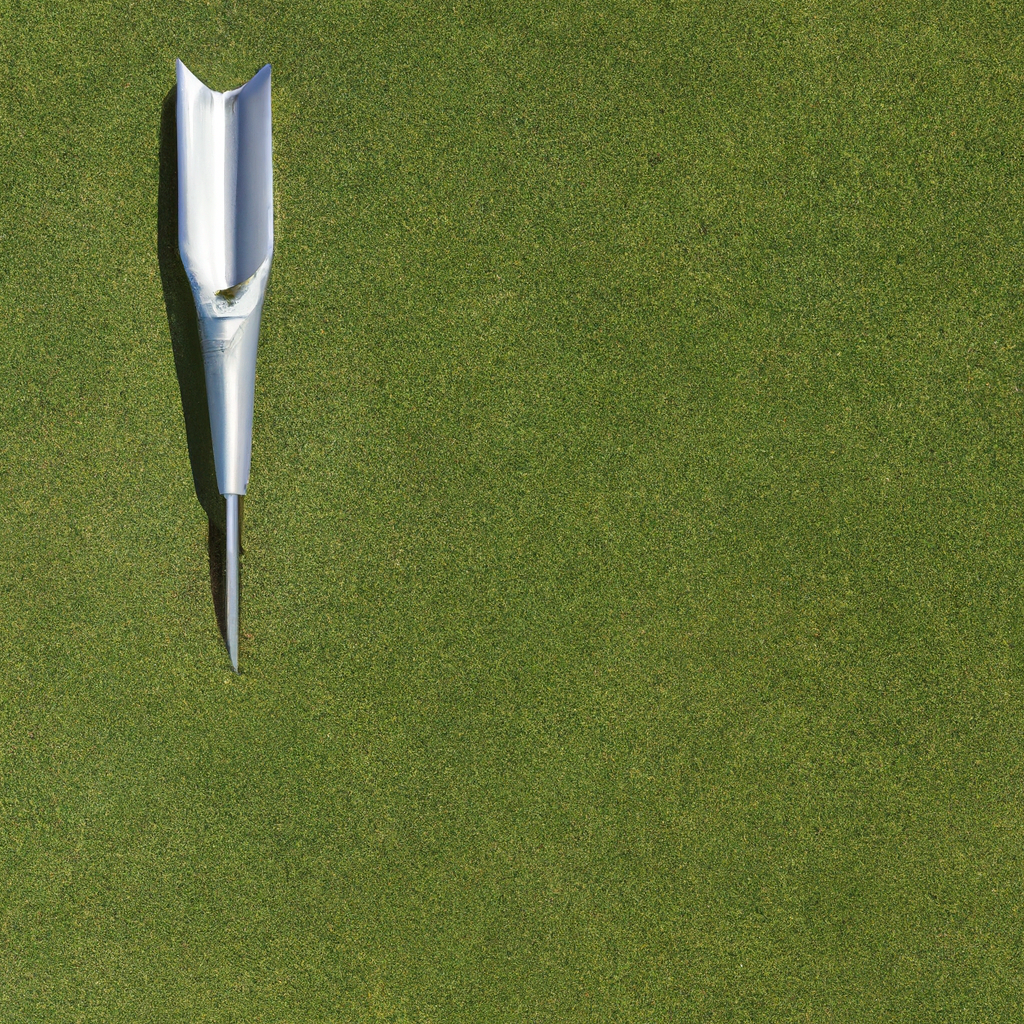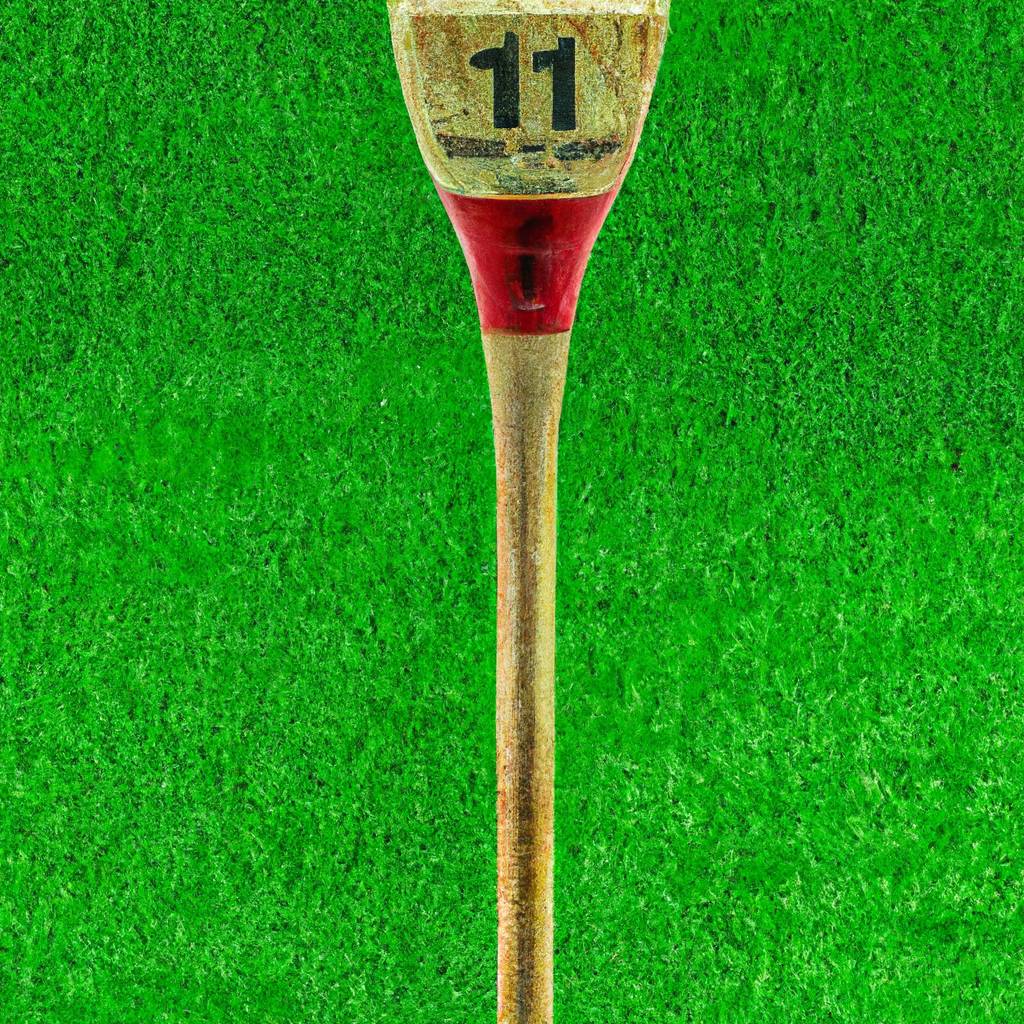When it comes to golf equipment, you want a brand that you can trust to deliver quality and performance. That’s where Wilson comes in. With a long-standing reputation in the golfing world, Wilson has made a name for itself as a reliable brand. From their high-quality golf clubs to their cutting-edge technology, Wilson is constantly pushing the boundaries to provide golfers with the best equipment possible. Whether you’re a seasoned pro or a beginner just starting out, Wilson has the products that will help enhance your game and make you feel confident on the green. So, is Wilson a reliable golf brand? Let’s find out.

History of Wilson Golf
Founding of Wilson Sporting Goods
Wilson Sporting Goods was founded in 1913 by Thomas E. Wilson in Chicago, Illinois. Initially focused on producing sporting equipment such as tennis rackets, baseball gloves, and basketballs, Wilson quickly established itself as a reputable brand known for quality and innovation.
Expansion into Golf Equipment
In the early 1920s, Wilson expanded its product range to include golf equipment. Leveraging its expertise in manufacturing and technology, the brand introduced golf clubs, balls, and accessories that gained popularity among golf enthusiasts. Wilson’s commitment to innovation and dedication to producing high-quality products allowed the brand to establish a strong foothold in the golf industry.
Key Milestones in Wilson’s Golf History
Throughout its history, Wilson Golf has achieved several key milestones. In 1932, Wilson became the first company to introduce steel shafts for golf clubs, revolutionizing the game and providing players with increased accuracy and distance. The brand’s commitment to innovation continued in the 1990s with the introduction of the pioneering Fat Shaft technology, which provided golfers with more stability and control.
In recent years, Wilson Golf has made significant strides to push the boundaries of technology and performance. The launch of the D300 line in 2015 showcased the brand’s dedication to improving playability and forgiveness for golfers of all skill levels. These milestones highlight Wilson’s ongoing pursuit of excellence and its ability to stay at the forefront of the golf industry.
Product Range
Golf Clubs
Wilson Golf offers a wide range of golf clubs suitable for players of all levels, from beginners to professionals. Its club selection includes drivers, fairway woods, hybrids, irons, wedges, and putters. Wilson’s clubs are carefully crafted using advanced materials and innovative designs to optimize performance and enhance the golfer’s experience.
Golf Balls
The brand’s line of golf balls is designed to meet the varying needs of golfers. Wilson golf balls cater to different swing speeds, preferences, and playing conditions. With a focus on delivering exceptional distance, control, and feel, Wilson’s golf balls have garnered praise from players worldwide.
Golf Bags
Wilson Golf offers a comprehensive range of golf bags designed to provide golfers with optimal storage, organization, and convenience on the course. From lightweight carry bags to spacious cart bags, Wilson’s golf bags are engineered with durability, functionality, and style in mind.
Golf Accessories
In addition to clubs, balls, and bags, Wilson Golf offers a wide range of golf accessories to enhance the overall golfing experience. These accessories include gloves, headcovers, umbrellas, towels, and more. Wilson’s attention to detail and commitment to quality is evident in every accessory they produce.
Brand Reputation
Longevity and Legacy
With over a century of experience, Wilson Sporting Goods has built a strong reputation for delivering reliable and high-performing sports equipment. The brand’s longevity and legacy are testaments to its commitment to quality, innovation, and customer satisfaction.
Presence on Professional Tours
Wilson Golf’s presence on professional tours is a testament to the brand’s performance and reliability. Many professional golfers, both past and present, have trusted and relied on Wilson equipment to compete at the highest level. This presence reinforces Wilson Golf’s reputation as a trusted choice for golfers seeking high-quality equipment.
Customer Reviews and Testimonials
Wilson Golf has garnered positive customer reviews and testimonials across various platforms. Golfers appreciate the brand’s commitment to quality, affordability, and performance. Many customers commend Wilson’s customer service and warranty coverage, further solidifying its reputation as a reliable golf brand.
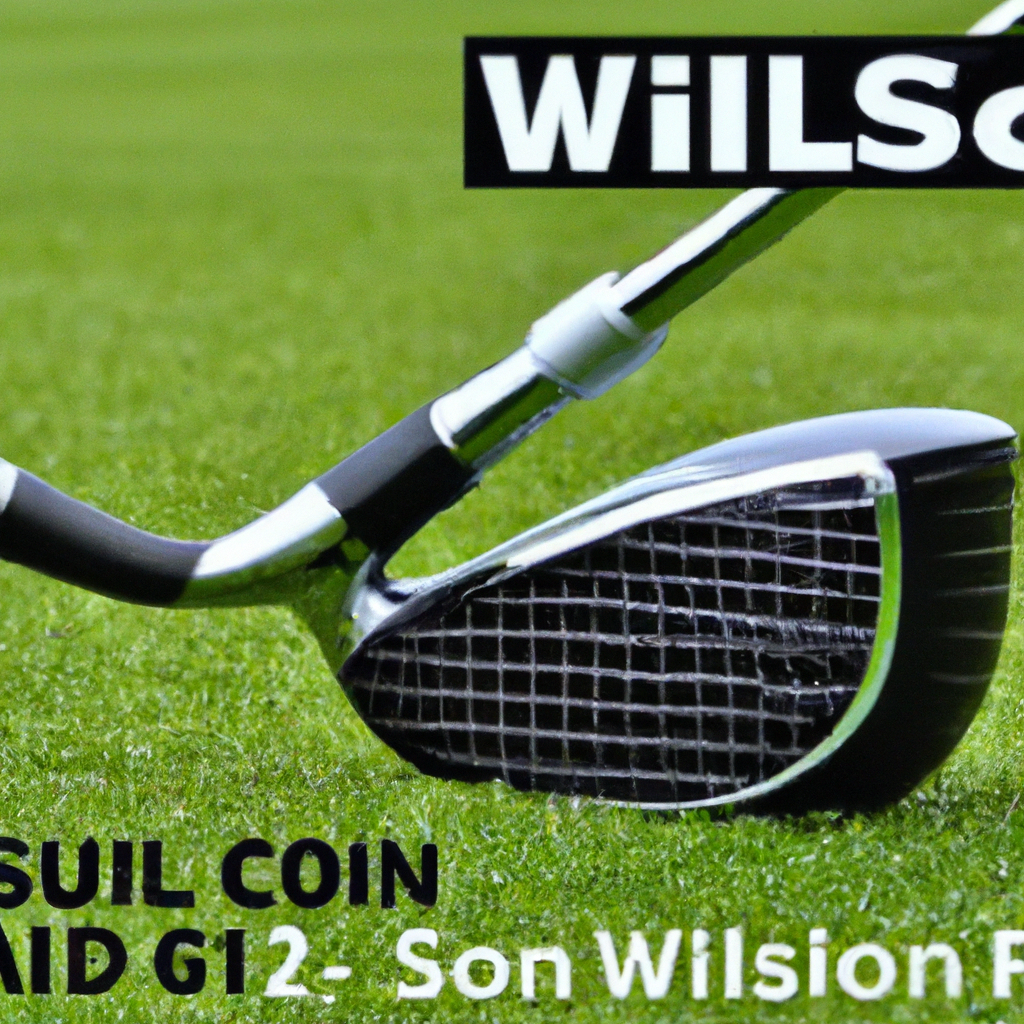
Technology and Innovation
Introduction of Game-Changing Technologies
Wilson Golf has a long-standing reputation for introducing game-changing technologies that enhance the performance and playability of their equipment. From the pioneering steel shafts in the 1930s to the innovative technologies found in their modern clubs, Wilson continues to push the boundaries of golf equipment design and functionality.
Research and Development Efforts
Wilson Golf places a significant emphasis on research and development to continually improve its products. By investing in cutting-edge technology, materials, and engineering, Wilson ensures that its golf clubs, balls, and accessories deliver exceptional performance and remain competitive in the market.
Collaborations with Golf Professionals
Wilson Golf collaborates closely with golf professionals to gain insights and feedback for product development. This collaboration allows the brand to create equipment that meets the specific needs and preferences of professional golfers while also catering to the needs of recreational players.
Competitive Performance
Comparison with Other Golf Brands
Wilson Golf stands out among its competitors due to its blend of performance, affordability, and innovation. When compared to other golf brands, Wilson consistently receives positive reviews for its durable and reliable products. The brand’s commitment to providing golfers with accessible and quality equipment sets it apart in the market.
Ratings and Rankings
While ratings and rankings can vary, Wilson Golf has consistently achieved favorable positions in industry rankings. Golf Digest, Golf.com, and other reputable publications consistently recognize Wilson for its outstanding product offerings, technology, and performance.
Success on the Professional Circuit
Many professional golfers have showcased the success of Wilson equipment on the world’s leading tours. Professionals such as Padraig Harrington and Gary Woodland have achieved significant victories using Wilson clubs and balls, further solidifying the brand’s reputation for performance and reliability.
Affordability and Value
Price Range of Wilson Golf Products
Wilson Golf offers a range of products at varying price points to accommodate different budget levels. From entry-level equipment designed for beginners to premium options for more experienced golfers, Wilson ensures that golfers can find products that align with their budgetary needs.
Cost-Effectiveness
Wilson Golf’s commitment to providing affordable and value-packed golf equipment is reflected in the cost-effectiveness of its products. Golfers can enjoy high-quality and technologically advanced equipment without breaking the bank, making Wilson an attractive choice for players seeking value for their money.
Durability and Quality
One of Wilson Golf’s core values is durability, and its products are built to withstand the rigors of the game. Golfers can trust that Wilson’s golf clubs, balls, bags, and accessories offer long-lasting performance and quality, ensuring an excellent investment in their game.
Customization Options
Availability of Custom Fitting Services
Wilson Golf recognizes the importance of custom fitting to ensure optimal performance for golfers. The brand provides access to custom fitting services through authorized retailers, allowing players to find equipment tailored to their unique swing characteristics, body type, and preferences.
Personalization Options
Wilson Golf also offers personalization options to add a personal touch to its products. Golfers can have their initials or unique graphics added to their clubs, balls, or accessories, creating a sense of ownership and individuality.
Variety of Shaft and Grip Choices
To cater to different player preferences, Wilson Golf offers a variety of shaft and grip choices. Golfers can select from different flex options, materials, and grip sizes to match their swing style and enhance their comfort and performance on the course.
Customer Support and Warranty
Responsive Customer Service
Wilson Golf prides itself on providing responsive customer service. Whether golfers have questions, need assistance with product inquiries, or require support with warranty claims, the brand’s dedicated customer service team is readily available to assist, ensuring a positive customer experience.
Warranty Coverage
Wilson Golf offers warranty coverage on its products, further demonstrating the brand’s commitment to customer satisfaction. Golfers can have peace of mind knowing that their Wilson equipment is protected against defects and can be repaired or replaced if necessary.
Easy Returns and Exchanges
Wilson Golf understands that not every product may meet golfers’ expectations. As such, the brand offers a straightforward returns and exchanges process, allowing customers to exchange or return products within a reasonable timeframe, ensuring customer satisfaction.
Environmental Commitment
Sustainability Initiatives
Wilson Golf is committed to sustainability and reducing its environmental footprint. The brand actively pursues initiatives aimed at conserving natural resources, promoting recycling, and minimizing waste throughout its manufacturing processes.
Use of Eco-Friendly Materials
Wilson Golf incorporates eco-friendly materials into its product lines wherever possible. By prioritizing the use of sustainable materials and manufacturing practices, the brand showcases its dedication to protecting the environment.
Charitable Partnerships
Wilson Golf partners with charitable organizations focused on environmental conservation and youth development. Through these partnerships, the brand supports initiatives that promote stewardship of the environment and foster the growth and well-being of future generations of golfers.
Conclusion
In conclusion, Wilson Golf has established itself as a reliable and respected golf brand. Its long-standing history, commitment to innovation, and dedication to providing high-quality products have contributed to its stellar reputation in the industry. Wilson Golf’s competitive performance, affordability, customization options, and environmental commitment make it an appealing choice for golfers at all skill levels.
When choosing golf equipment, it is vital to consider factors such as personal preferences, budget, and playing style. Wilson Golf offers a comprehensive product range that caters to different needs, ensuring golfers can find equipment that suits their individual requirements. By combining performance, value, and a rich history of excellence, Wilson Golf continues to be a brand that golfers can trust and rely on for their golfing needs.
